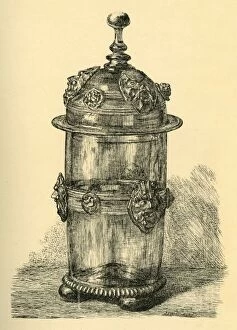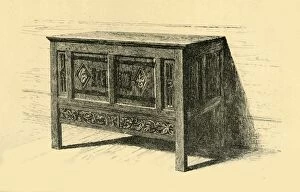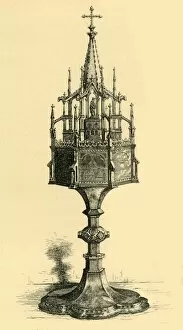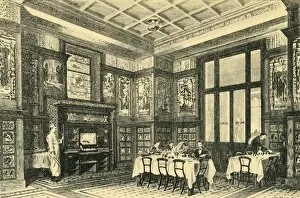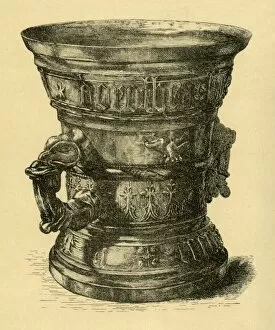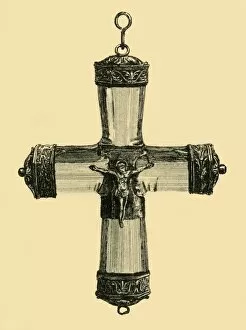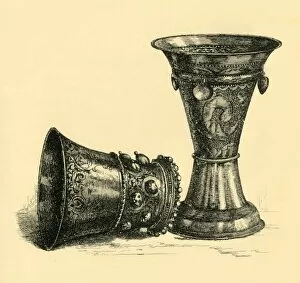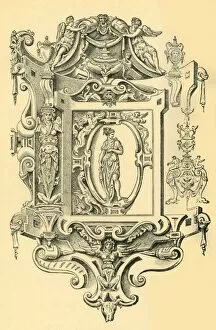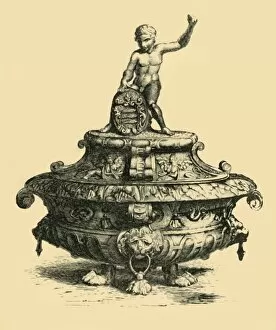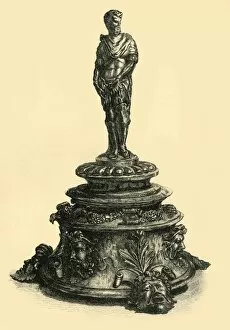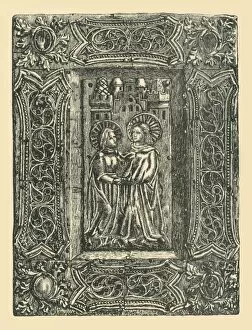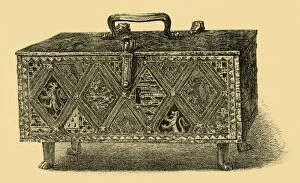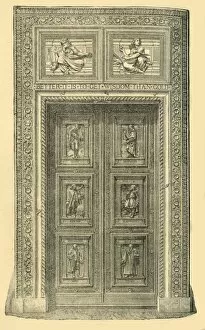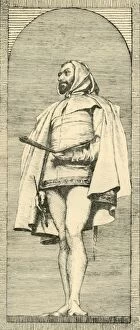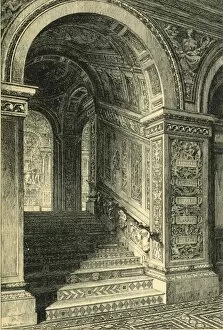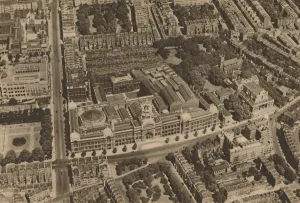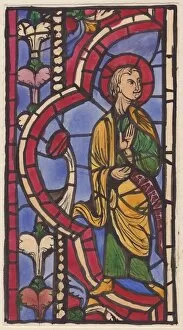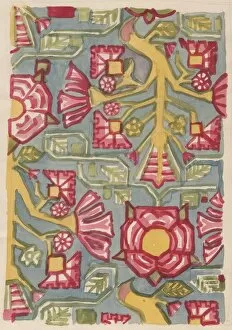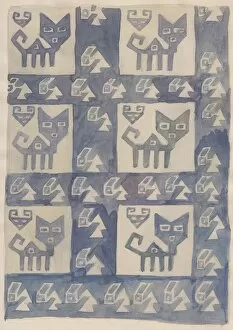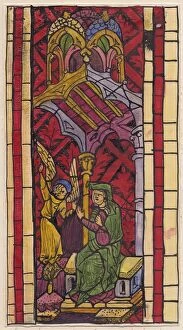V And A Collection (#6)
The Victoria and Albert Museum, affectionately known as the V&A, is a treasure trove of history and art
All Professionally Made to Order for Quick Shipping
The Victoria and Albert Museum, affectionately known as the V&A, is a treasure trove of history and art. Step into the Green Dining-room at South Kensington Museum, circa 1870, and be transported to an era of elegance. The room exudes opulence with its rich green walls and ornate furnishings. One of the museum's prized possessions is the Great Bed of Ware, once belonging to the Saracen's Head Inn. This colossal bed has witnessed centuries of slumber and now resides in all its grandeur at the V&A Museum since around 1954. Frederick Albert Slocombe's exquisite casket from around 1400 showcases intricate craftsmanship that leaves you in awe. Its delicate details tell stories of a bygone era. Located in South Kensington, London, England, UK, the Victoria & Albert Museum stands as a testament to creativity and human ingenuity. It houses an extensive collection that spans various periods and cultures. In Chelsea, another branch of this magnificent institution can be found. The Victoria & Albert Museum continues to captivate visitors with its diverse exhibits that celebrate artistry from across the globe. Whether you find yourself strolling through Kensington or exploring other parts of London like Brompton or Knightsbridge, don't miss out on visiting this iconic museum known simply as V&A. Immerse yourself in its vast galleries filled with wonders beyond imagination. Marvel at pewter ewers from France dating back to approximately 1560 or bronze pedestals hailing from Florence during the 15th century - each piece tells a unique story waiting to be discovered within these hallowed halls. The Sheepshanks Gallery beckons art enthusiasts with its carefully curated masterpieces while a breathtaking rock crystal reliquary from Italy transports you back to medieval times where faith intertwined with beauty seamlessly. For those fascinated by written words preserved throughout history, German ivory leaf writing tablets adorned with silver gilt covers offer glimpses into the past, showcasing the artistry of a bygone era.


